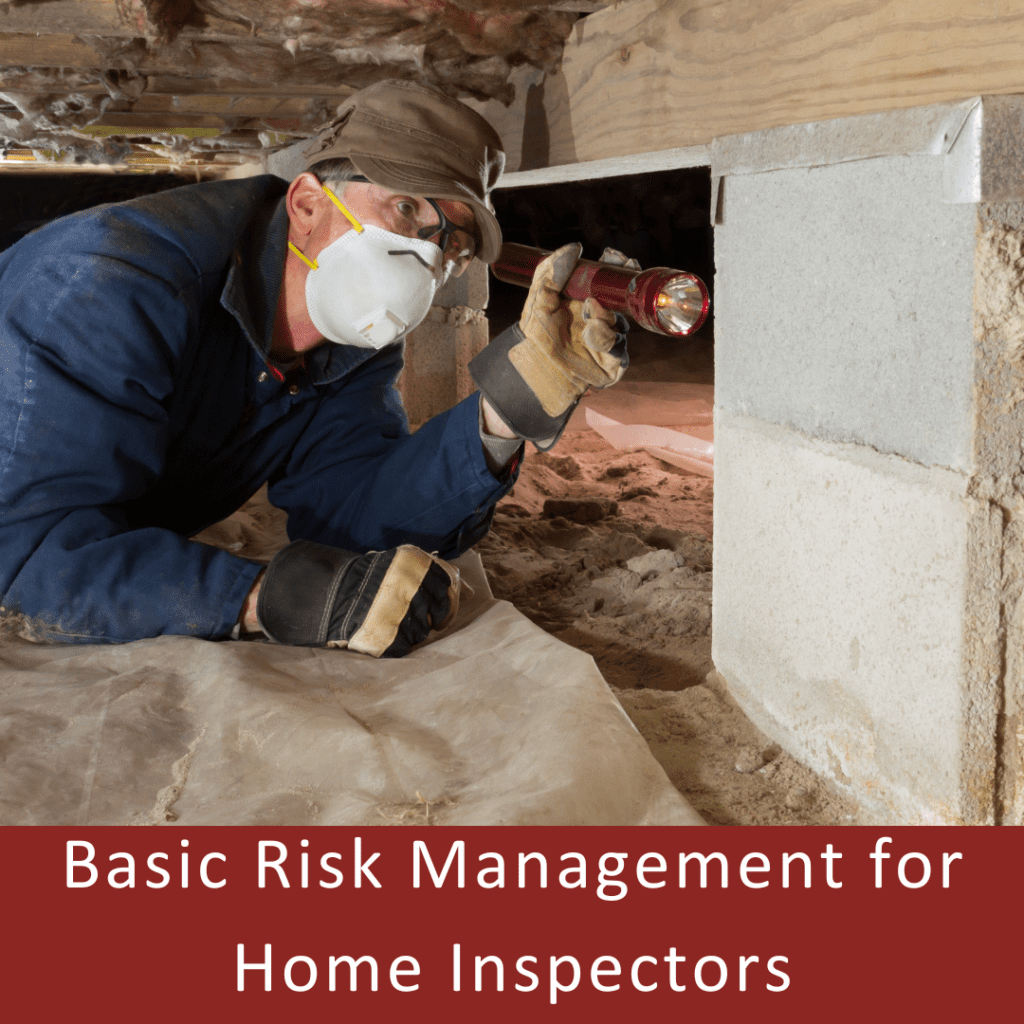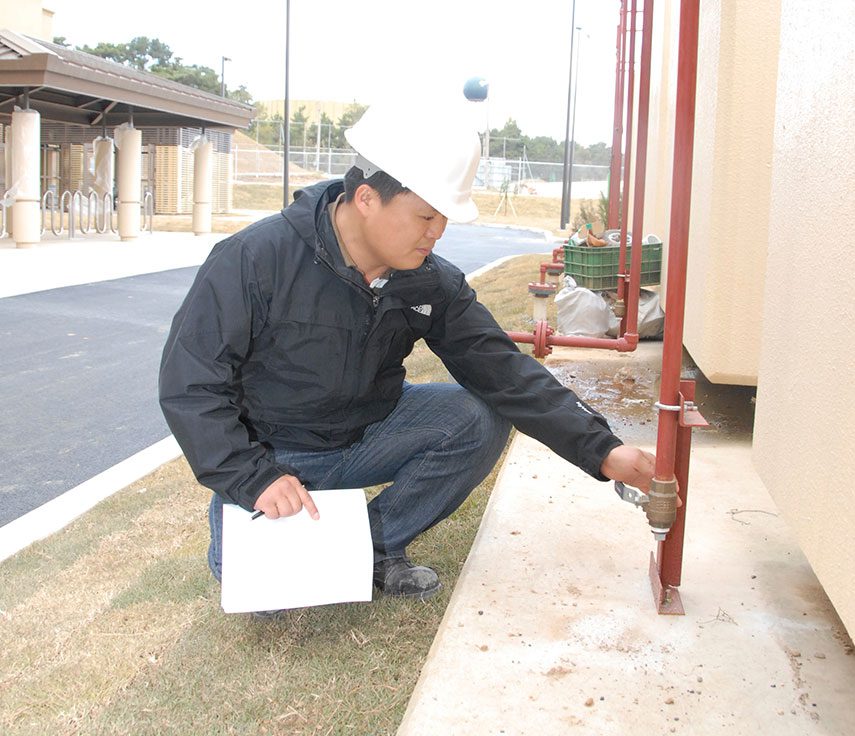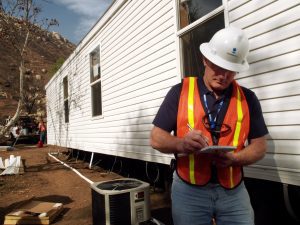All professionals are open to insurance claims especially home inspectors looking for E&O insurance, and ensuring that their business is properly protected against claims is an essential task for business owners. Because some claims may not be reported until months or sometimes years after the event that triggered them it can be necessary for businesses to purchase retroactive insurance along with their regular E&O insurance plan. Retroactive insurance helps businesses stay protected against claims that fall outside of their currently active plan, and is an excellent way to mitigate risk and to protect the business.
The Importance of Retroactive Insurance
If you’re not concerned with retroactive coverage for your E&O insurance policy, you should be. Retroactive coverage is an essential aspect of claims-based insurance for home inspectors. Because without it, your business may be unprotected on a claim that calls outside of your policy’s coverage period.
There are several important things to understand about retroactive insurance and about how it pertains to an E&O insurance coverage plan:
- What is “retroactive” insurance, and what’s its importance to E&O insurance holders?
- What are the differences between Occurrence and Claims-Made insurance coverage?
- How can I find out if retroactive coverage is included in my errors and omissions insurance?
What is “Retroactive” Insurance Coverage?
Retroactive coverage is offered by most claims-based insurance agencies, as it lengthens the period of time for reporting errors and omissions insurance claims to include prior acts. This means that a retroactive policy covers prior years of work. Like most other claims-based policies, retroactive coverage would provide insurance for inspections that were performed prior to the start of your E&O insurance policy. This is an important addition to insurance for home inspectors, because it means that previous incidents will be covered, even though they predate the current coverage period.
As an example, let’s say you’ve been performing home inspections for 5 years, and that during each of those 5 years you carried E&O insurance. Next assume you are purchasing a new policy for the upcoming year and that you wish to add retroactive coverage. As long as there were no gaps in coverage during those 5 years, the retroactive insurance coverage of your new policy would be able to cover those previous years as well as the present and future.
Of course, there is a catch; retroactive insurance for home inspectors only applies from the date of the current policy back to the most recent gap in coverage. In other words, if you carried errors and omissions insurance from May 1st, 2010 until May 28th, 2012. Let’s say that during that time, you bought a new policy, and carried it until now, then ending the first policy. Since there was an overlap of coverage, your new policy would retroactively cover your last policy’s date range. That being said, any lapse between policies would prohibit retroactive coverage before the start date. Thus, it is essential for claims-based E&O insurance policy holders to maintain coverage for the duration of the time that they perform home inspections.
What Are The Differences Between Occurrence and Claims-Made Insurance Coverage?
Both claims-based coverage and occurrence coverage will provide liability coverage for professionals and their business. However, each type of coverage approaches reporting and claims differently.
Claims-based coverage is concerned with the date on which the incident is reported. In other words, if an incident that triggers a claim isn’t reported until years later, then the policy holder must have a current, active policy in order to be covered under insurance. Also, claims-made insurance covers a specific period of time, and if the incident occurs before that time begins, then the policy holder must also have retroactive insurance in order to be covered under the policy.
Occurrence coverage, however, is concerned with the date of the incident, rather than when it is reported. This means that as long as the policy holder was insured at the time of the incident, then they will be covered by their policy even if they do not hold an active policy when that incident is reported. For this reason, current coverage is typically much more expensive than claims-made coverage, though it may not be appropriate for all types of business risks, such as those that are immediately apparent and that are unlikely to remain hidden until the policy expires.
Do I Have Retroactive Insurance Coverage?
Knowing the terms and limitations of your home inspector is essential to protecting your business from liability and claims. Therefore, all information pertaining to the policy can be found in the documents that your insurance provide will give you when the policy is first activated. Additionally, most insurance providers are available 24 hours a day for claims information, and they will be happy to give you the information you need. Finally, when you buy an E&O insurance policy it is critical to understand to ask your insurance provider about a retroactive policy. Many insurance policies for building and home inspectors provide complete retroactive coverage. Make sure to ask for it, as well as the necessary documentation to acquire it.




